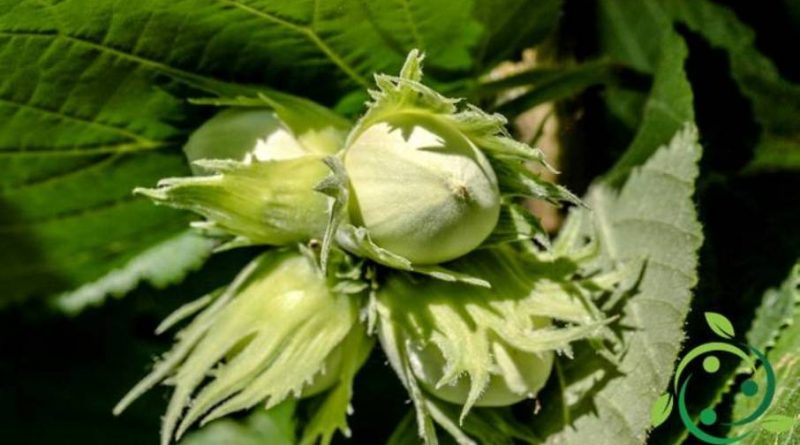How to grow Hazelnut
How to grow Hazelnut
Hazelnut (Corylus avellana L., 1753) is a fruit tree belonging to the Betulaceae family and to the Corylus genus widespread in all Italian regions and grows well up to 1,300 meters above sea level. In this sheet we will see how to grow Hazelnut with the most appropriate techniques. The planting of the hazelnut must be carried out in the autumn period. The land suitable for the cultivation of hazelnut must not have a pH higher than 8 and contained in active calamre that exceeds 10-12%. Moreover, the hazelnut is a plant that does not tolerate clay soils and with drainage difficulties. The hazelnut plant must be preceded by careful processing of the soil (deep processing is not necessary, since these must be permeable and medium-textured and remember that these cause a mineralization of the organic substance, accumulated for years, too much fast and inopportune) to which a fair amount of mature manure is added in a proportion of 200-250 quintals per hectare.
The sixth of the plant that is recommended should be 5, maximum 6 meters in the framework. You can create different sixths like those in quincunx, to increase the lighting to the crowns of the stones. Higher densities, in the long run, are the cause of phytosanitary problems and excessive shadings that are detrimental to the qualitative appearance of hazelnuts.
Subsequently after the excavation of the holes do not add other organic fertilizers in holes that would depress the root development of young seedlings. Positioned the young seedling plan to compact the ground but not excessively and irrigated immediately.
Another important precaution is to ensure good cross-pollination; being the hazelnut a self-sterile plant you will have to provide the plant with a 5% of pollinating plants to be placed at constant distances along the whole plot and above all above the wind. In the wooded areas where hazels are present obviously this need is much less.
For fertilization of hazel groves it is good to prepare very mature manure, avoiding absolutely those who recommend synthetic fertilizers and especially nitrates; after organic fertilization a very light milling will provide a perfect mix between the mineral part of the soil and the organic one giving an excellent structure to the cultivation land.
For the plant you should buy hazelnut plants with a bare root, ready for planting and at a height of about 100 cm. The production pruning must be performed annually in order to eliminate 10-15% of the vegetation and leaving a good endowment of branches with length between 20 and 25 cm. The suckers control is carried out with special machines. The use of irrigation, especially in areas with little rainfall or badly distributed rainfall, is essential to obtain satisfactory productions.
Remember that the core is subject to numerous adversities caused by bacteria, viruses, fungi, mites and insects, such as especially the hazel bug (Gonocerus acuteangulatus Goeze); the use of techniques that are not excessively intensive, the use of good agronomic practices such as avoiding the proximity of uncultivated areas near the hazel grove. It is also good to monitor the behavior of insect populations in the field by sampling using the method of shaking plants in the May-June period.

